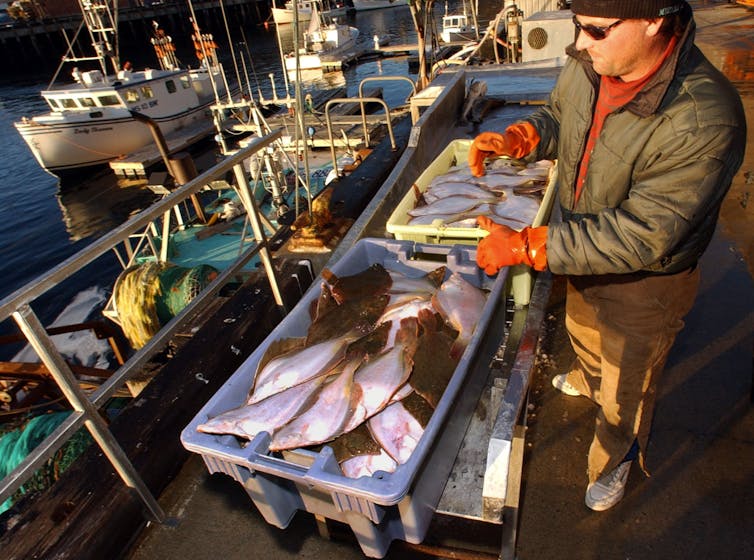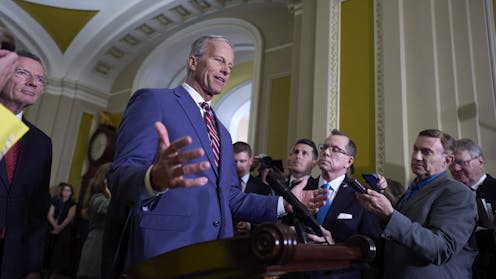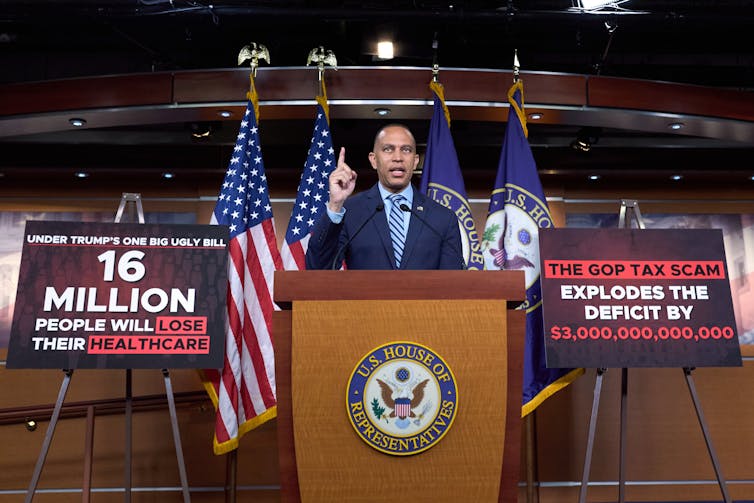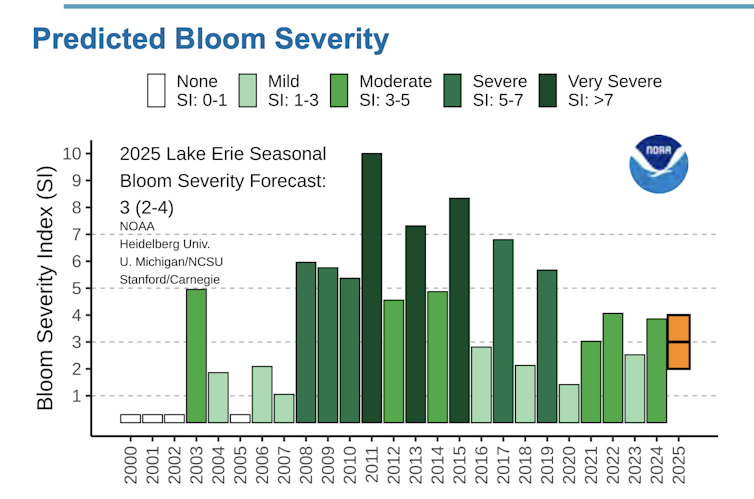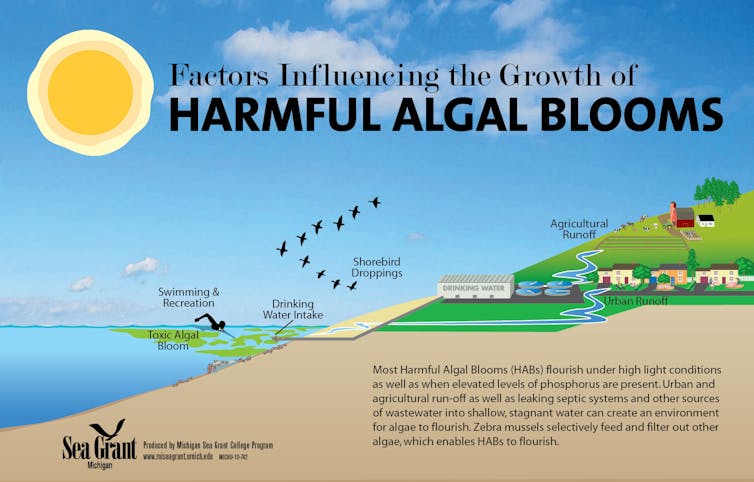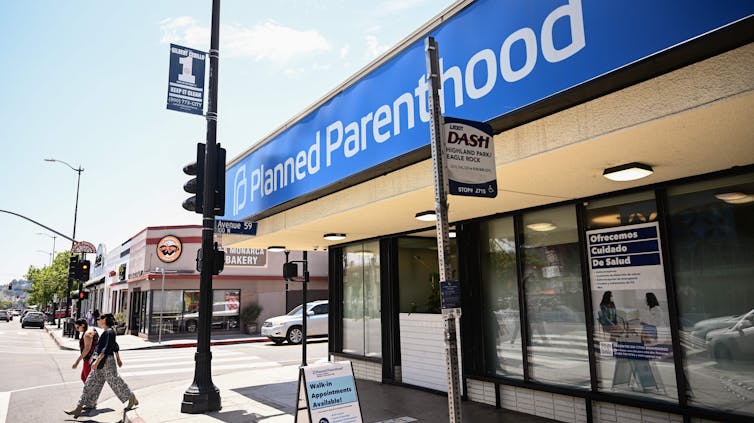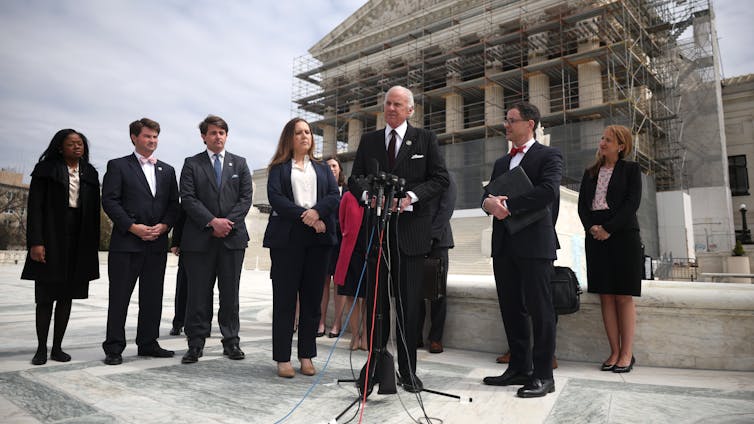Source: – By Sandra Sjoberg, Vice President and Dean, Academic Programs, Western Governors University School of Business
What does it take to lead through complexity, make tough decisions and still put people first? For me, the answer became clear during a defining moment early in my career – one that changed my path entirely.
Today I am a business-school educator, but I began my career in the corporate world. I faced a challenge so intense that it motivated me to go back to school and earn a Ph.D. so I could help others lead with greater purpose and humanity.
Back then, I was working for a multinational home goods company, and I was asked to play a role in closing a U.S. factory in the Midwest and moving its operations abroad. It was, by every business metric, the right economic decision. Without it, the company couldn’t stay competitive. Still, the move was fraught with emotional and ethical complexities.
Witnessing the toll on employees who lost their jobs, and the broader effects on their community, changed how I thought about business decision-making. I saw that technical skills alone aren’t enough. Effective leadership also requires emotional intelligence, ethical reasoning and human-centered thinking.
That experience was a turning point, leading me to higher education. I wanted to fulfill a greater purpose by equipping future business leaders with critical human-centric skills. And to do that, I needed to learn more about these skills – why they matter, how they shape outcomes, and how we can teach them more effectively.
Often called “soft skills” or “people skills,” these are also, more appropriately, referred to as “power skills” or “durable skills.” And they aren’t just nice to have. As my own experience shows and as research confirms, they are central to success in today’s business world.
Power skills: Underappreciated, yet in demand
Research on power skills dates back to at least 1918, when the Carnegie Foundation published A Study of Engineering Education. That report concluded that 85% of engineering professionals’ success came from having well-developed people skills, and only 15% was attributed to “hard skills.” These early findings helped shape our understanding of the value of nontechnical skills and traits.
Today, employers arguably value these skills more than ever. But while demand for these skills is growing across industries, there’s not enough supply. For example, nearly 7 in 10 U.S. employers plan to prioritize hiring candidates with “soft” or “power” skills, according to LinkedIn’s most recent Global Talent Trends report.
Yet 65% of employers cite soft skills as the top gap among new graduates, according to Coursera’s 2025 Micro-Credentials Impact Report. New hires are struggling in the areas of communication, active listening, resilience and adaptability, the survey found.
Power skills are transferable across roles, projects and industries, which makes them especially valuable to hiring managers. And research continues to show that these skills drive innovation, strengthen team dynamics and help organizations navigate uncertainty — key reasons why employers prioritize them.
Three power skills to prioritize
So what does it look like to lead with power skills? Here are three key areas that have shaped my own journey — and that I now help others develop:
Adaptability: Adaptability goes beyond simply accepting change. It’s the ability to think, feel and act effectively when the situation changes – which, in today’s business environment, is all the time.
Consider a company expanding into a new international market. To succeed, it must invest in cultural research, adapt its operations to regional norms and align with local regulations – demonstrating adaptability at both strategic and operational levels.
That’s why adaptability is one of the most in-demand skills among employers, according to a recent LinkedIn study. Adaptable workforces are better equipped to respond to shifting demands. And with the rise of artificial intelligence and rapid tech disruption, organizations need agile, resilient employees more than ever.
Empathy: As I learned firsthand during my time in the corporate world, empathy – or the ability to understand and respond to the feelings, perspectives and needs of others – is essential.
Empathy not only fosters trust and respect, but it also helps leaders make decisions that balance organizational goals with human needs. More broadly, empathetic leaders create inclusive environments and build stronger relationships.
At Western Governors University, we have an entire course titled “Empathy and Inclusive Collaboration,” which teaches skills in active listening, creating culturally safe environments and cultivating an inclusive mindset.
Inclusivity: Effective communication and teamwork consistently rank high as essential workforce skills. This is because organizations that excel in communication and collaboration are more likely to innovate, adapt to change and make informed decisions.
While managing a global transition, I saw how hard and necessary it was to listen across cultural lines, to foster collaboration across borders and departments. When teams collaborate well, they bring diverse perspectives that can foster creativity and efficiency. The ability to communicate openly and work together is crucial for navigating complex problems and driving organizational success.
The business landscape is evolving rapidly, and technical expertise alone is no longer enough to drive success. Power skills like adaptability, empathy and inclusivity are crucial, as both research and my own experiences have taught me. By prioritizing power skills, educators and businesses can better prepare leaders to navigate complexity, lead with purpose and thrive in a constantly changing world.
![]()
Sandra Sjoberg is affiliated with Western Governors University.
Sandra Sjoberg is a member of the industry association, American Marketing Association.
Sandra Sjoberg was a former employee at Amerock, a division of Newell Rubbermaid that, while not mentioned directly in the article, is the basis for the corporate experience shared in the article.
– ref. Why power skills – formerly known as ‘soft skills’ – are the key to business success – https://theconversation.com/why-power-skills-formerly-known-as-soft-skills-are-the-key-to-business-success-257310




